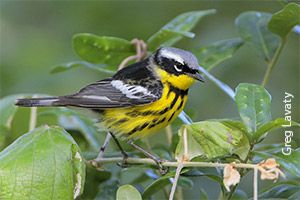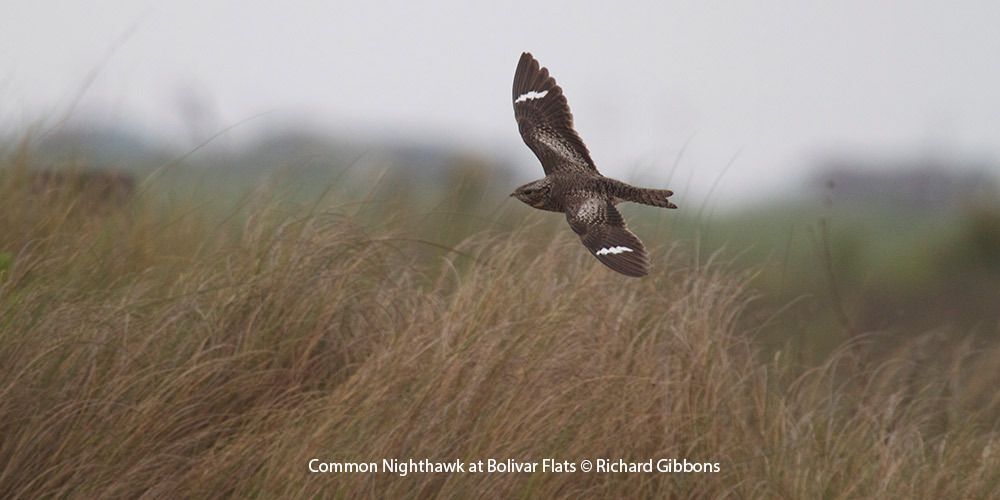
This article was featured in the January 2018 newsletter of the Houston Federation of Garden Clubs. The entire newsletter can be read here.
[Dear garden club friends, this month I have something different for you. Sarah Flournoy is program manager for the Houston Audubon Society’s bird-friendly program, an outreach to educate Houstonians about the needs of urban birdlife. As you may have surmised from past articles, my husband and I are both deeply involved in efforts to preserve and protect Houston’s native populations of birds, plants, and insects, so I have invited Sarah to be my guest writer this month, with an eye toward enlisting your help. Happy New Year! Jonni Almoney]
Our landscapes can change the world. Imagine if neighborhood associations everywhere rewarded “Yard of the Month” not for the precise (sterile) lines of lawn and hedge, but for the yard’s contribution to supporting wildlife and a healthier environment.
But what does that “Yard of the Month” look like? We have become so accustomed to the exotic plants readily available in the horticultural industry that we need a shift in aesthetics. The real beauty of a landscape, as many gardeners know, is in the delight of blooms, the appearance of changing seasons, and the witnessing of birds and butterflies.
One way to rethink our yards is to take the perspective of a Carolina Chickadee. These adorable birds charm us with their high-pitched chicka-dee-dee-dee and dapper black and white coloring. I walk through nearby neighborhoods--West U, Braes Heights--and rarely hear or see Chickadees even though they are supposed to be common urban birds!
Chickadees, like 98% of all landbirds, require insects to feed their young. One nest of baby Chickadees needs up to 9,000 caterpillars before the baby birds can survive on their own. Where do all these caterpillars come from? Their host plants are the native trees, shrubs, flowers, and grasses that they have evolved with over thousands of years.
What we plant matters to birds. Oaks, Cherries, and Pecans can support over 500 species of caterpillars, while a common Crepe Myrtle supports only 2. One simple thing you can do to help birds: When an exotic plant dies in your yard, replace it with a native plant that supports wildlife. Also consider planting in layers because Chickadees enjoy the canopy of trees, but other birds forage low to the ground or within eye-level shrubs. Diversity of plant species will support diversity of birds.
You can also help Chickadees by adding a nest box, including a water feature, and limiting threats such as outdoor cats and pesticides. Houston Audubon is committed to helping keep Houston’s common birds common. Join the movement by visiting www.houstonaudubon.org and becoming part of the Bird-Friendly Yard Program. Explore the Bird-Friendly Communities website for helpful information on many topics. You’ll find information on best plants, model habitats, birds to discover, our Natives Nursery, and other opportunities to make Houston a happier, healthier place for birds—and people.
Support Houston’s Nature
Helping birds requires efforts of all sizes and scales. Contiguous, ecologically productive lands have become fragmented and transformed with sterile lawns and exotic ornamental plants. But we can restore and reconnect these places; we can reestablish the ecological functions of our City. All Houstonians can make their communities bird friendly. With simple acts, as well as large-scale efforts, we can make a difference. That is what Houston Audubon’s Bird-Friendly Communities program is all about.
Did you know that Ivory-billed Woodpeckers, now extinct, once roamed the wooded corridors of Buffalo Bayou? What makes urban Houston unique is not only the people and businesses, but also the unique natural environment that sustains us. Houston Audubon’s focus on birds encompasses a deep belief in the future of our City. It may be too late for the Ivory-billed Woodpeckers, but the many other birds roaming our neighborhoods and bayou corridors are counting on us.
Thank you to Jonni Almoney for inviting me to be a guest columnist. Gardening for birds is not always easy (it is if you start small, though!). Changing our landscapes in order to change the world requires commitment and passion, two qualities that shine within Jonni and her husband Skip.
Please take the plant list below to your local nursery and be sure to ask questions about where the plants came from and if they were treated with pesticides. Here is a list of landscape trees, understory trees, shrubs, flowers, vines and grasses that are beneficial additions to your garden. The list also includes invasive exotics that should be avoided.
Houston Audubon Bird-Friendly Gardening List
Large Trees
Water Oak
Willow Oak
Southern Red Oak
Shumard Oak
American Elm
Pecan
Green Ash
American Basswood
Sugarberry (Hackberry)
Small Trees
Mexican Plum
Parsley Hawthorn
Roughleaf Dogwood
American Hornbeam
Possumhaw
Shrubs
Wax Myrtle
Arrowwood Viburnum
Rusty Blackhaw
Turk's Cap
Vines
Purple Passionflower
Crossvine
Carolina Jessamine
Coral Honeysuckle
Grasses
Gulf Muhly
Switchgrass
Eastern Gamagrass
Little Bluestem
Inland Sea Oats
Wildflowers
Aquatic Milkweed
Blazing Star
Green Milkweed
Texas Coneflower
Rough Coneflower
Blue Sage
Lanceleaf Coreopsis
Gulf Coast Penstemon
Cardinal Flower
Avoid These Invasives
Chinese Elm
Bradford Pear
Golden Rain Tree
Ligustrum
Nandina
Elephant Ear
Mexican Petunia
Yellow Flag Iris
Liriope
Pampas Grass


